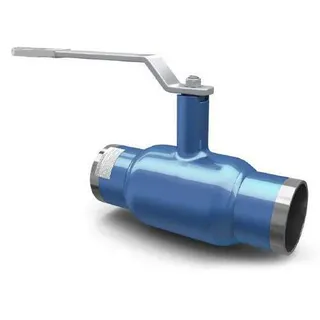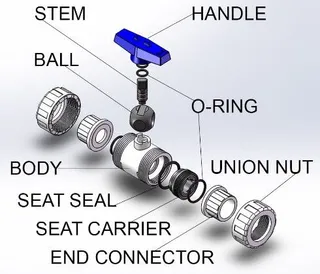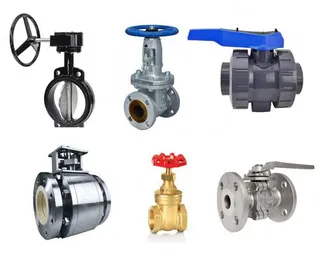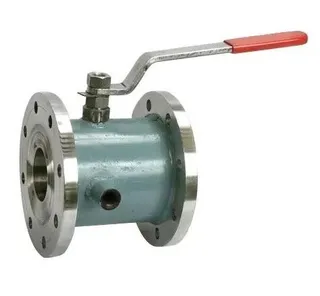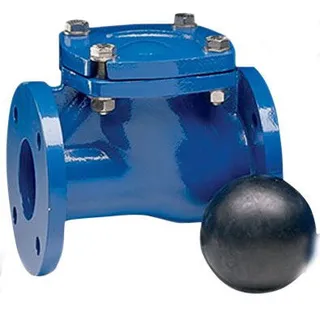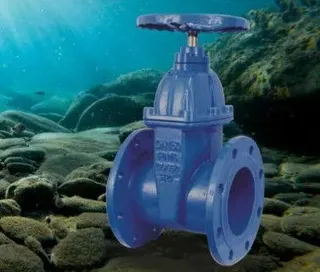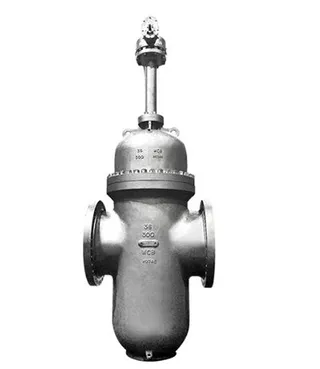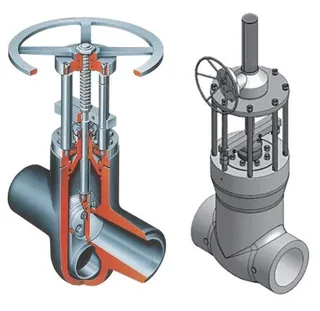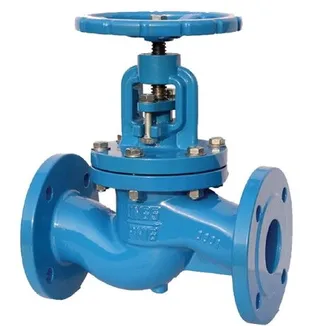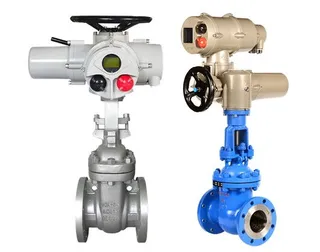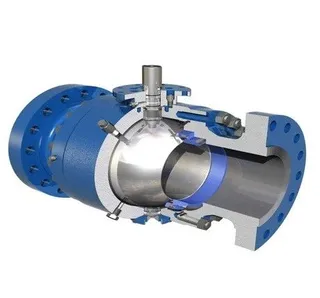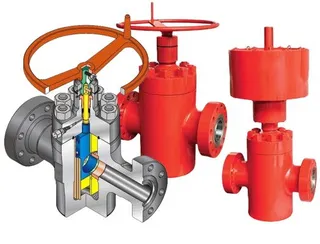Fully Welded Ball Valves: Design and Maintenance
Fully welded ball valves have become essential equipment in industries such as oil, natural gas, chemical, and power due to their superior sealing performance, unique structural design, and broad adaptability. Under harsh working conditions, their stability and reliability make these ball valves highly favored. This article delves into the characteristics, structural design, maintenance, disassembly, and installation of fully welded ball valves, providing a detailed analysis of their industrial...

